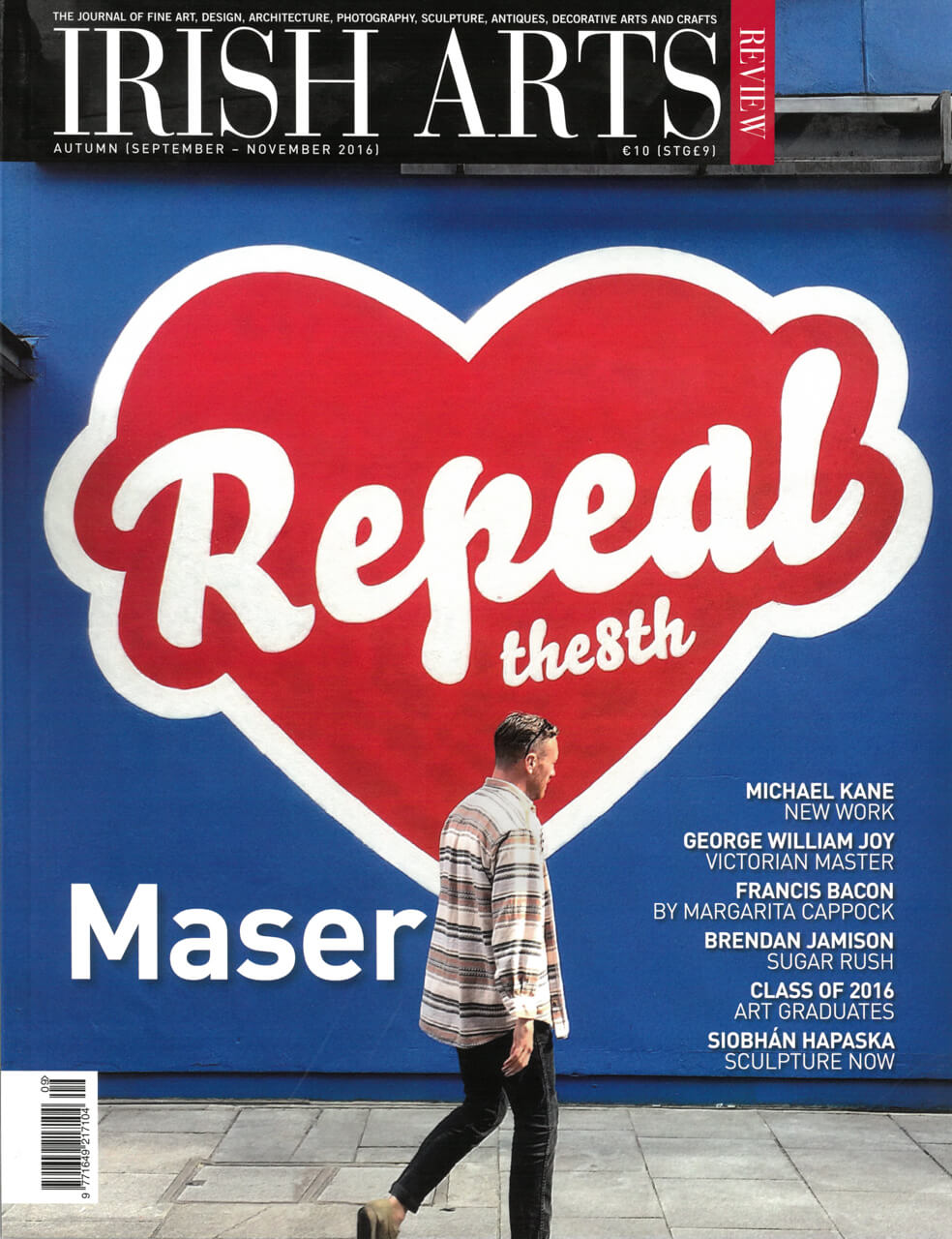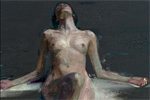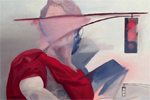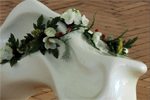
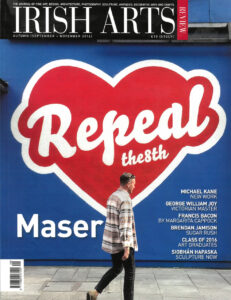
Weird, slightly nauseating yet also beautiful; Francis Halsall looks forward to Siobhán Hapaska’s autumn exhibition at the Kerlin Gallery, Dublin.
Siobhán Hapaska’s complex sculptural installations are often constructed through the juxtaposition of opposites. Her work throws up relationships between things that might seem contradictory at first glance. These contradictions involve not only the themes of her art, but also the materials she uses; the structure of the pieces; and her working methods. Hard/soft; furry/spiky; made/grown; natural/synthetic; machines/plants; urban/rural; human/animal; these are just some of the dichotomies that frequently appear in her sophisticated and meticulously fashioned sculptures. Perhaps these all speak to a more general and overarching theme with vital contemporary relevance: the fraught relationship between culture and nature; or of humans to their environment. And in doing so her work broaches important social and political issues as well as sculptural ones.
Consider, for example, Downfall (2009-15), recently shown at Hazelwood House, Sligo, as part of ‘Magnetism’ curated by Vaari Claffey. It is a large-scale installation made of suspended olive trees, cables and motors (Fig 3). As you walk amongst them the trees constantly tremble shedding soil from their roots and leaves with an unsettling hum and rattle. In one sense this is a metaphor for how, through processes of communication and control, humans manipulate their natural environment. The motors seems to be animating the trees, but in doing so highlight the fact that they have been transplanted from one situation into the gallery space and are now dying. The automated versus the living is just one of the contradictions being played with here. But there is also another set of references being alluded to. The olive tree is native to the Middle East, and often symbolizes both fecundity and peace. Our attention is, therefore, necessarily directed toward the conflicted territories of Israel and Palestine and Syria and all of the socio-political contradictions that exist there with horrifying consequences.
More recent works such as Love (2016) use ‘concrete cloth’ to create unsettling objects that combine the pliability of canvas with the hardness of concrete (Fig 4). They simultaneously give the impression of being both precarious and malleable; secure and rigid. They look both hastily assembled and meticulously planned. They are made from cloth infused with concrete that was developed for the rapid construction of structures and housing in emergency situations. Once again pressing issues involving the mass displacement of populations through refugee crises or natural disasters are interwoven into an experiment with sculptural form.
Her innovations have not only sculptural but socio-political relevance. She is one of the most important sculptors working today.
Since the early 1990s Hapaska has been a tireless experimenter and frequently employs innovative techniques, structures and materials. This has included the type of fibreglass and upholstery that invokes the forms and construction of sports cars such as in Mule (1997); animal pelts, LED lights and gas pipes in Tick (2009) or more lacquered fibreglass, artificial flowers and 9mm bullet cartridges in Indestructible (2007). More recently she has experimented with surfaces and textures. Wall Piece II (2013) creates a strange shimmering plane that sits somewhere between drawing, painting and sculpture. It is made from, it’s claimed ‘powdered white marble, carbonized crushed olive stone, crushed olive stone, iron powder, silicone polycarbonate.’ Repressed Apple (2015) on the other hand entraps a bright green shiny apple form in an aluminium frame covered with artificial snake skin that evokes the type of carbon fibre that is used in cutting edge bicycle frames and armour systems (Fig 1). Like all her work it is weird and slightly nauseating yet also beautiful with a just a hint of sly humour.
As the 21st century unfurls it is becoming clear that old distinctions that we were once able to take for granted are dissolving. We live in a world system in which nation states are increasingly subordinated to the flow of goods and money in global capitalism. New forms of telecommunication that have arisen in our own lifetimes, such as the internet, mean that as data are shared on a hitherto unimaginable level, the differences between private and public information become increasing difficult to ascertain. From innovative surgery to body augmentation, technology is extending what the human body is capable of. Even gender distinctions are now up for grabs. This is now the age that some scientists are calling the Anthropocene, that is, a new geological epoch in which human activity is the main influence on our climate and environment. In setting up her juxtaposed opposites Hapaska’s work captures something of these confused contemporary times. Her innovations have not only sculptural but socio-political relevance. She is one of the most important sculptors working today.
All images ©The Artist, courtesy the Kerlin Gallery.
Siobhán Hapaska ‘exhibition’ Kerlin Gallery, Dublin 16 October – 20 November 2016.
Francis Halsall is director (with Declan Long) of MA programs, Art in the Contemporary World at the NCAD, Dublin, where he is lecturer in Visual Culture.
